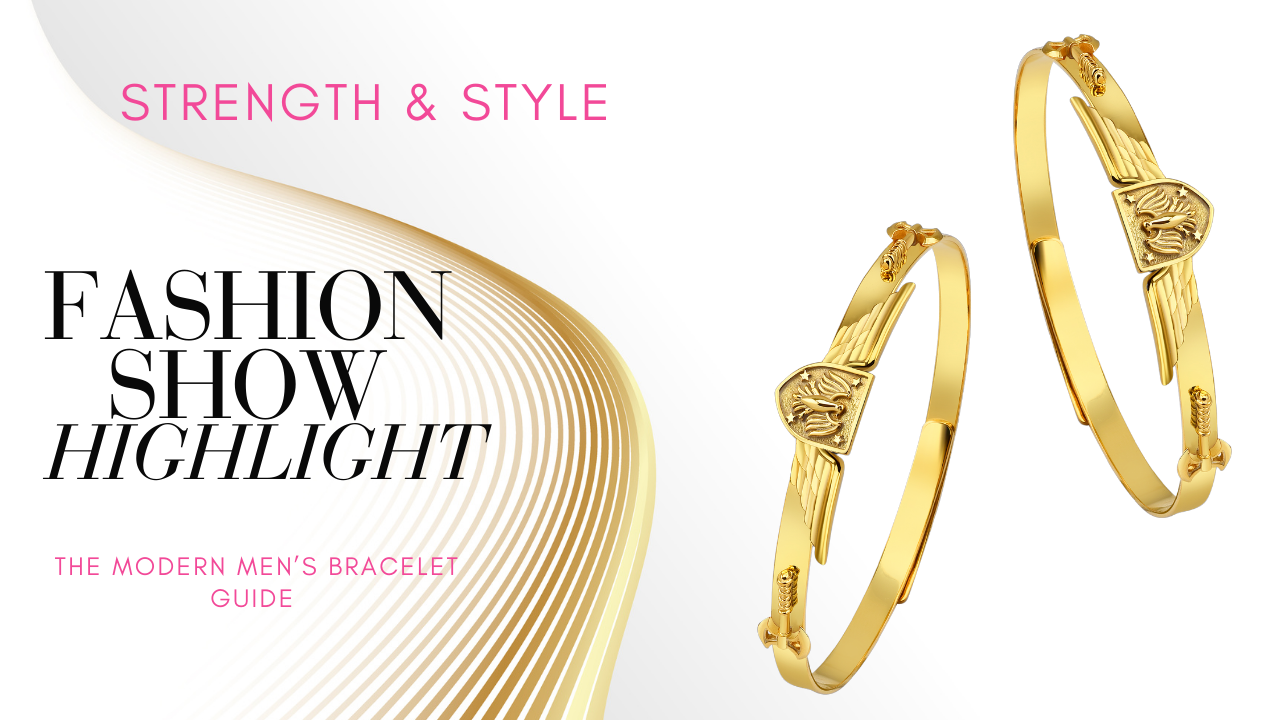The Cultural Significance of Bracelets in Men’s Fashion
Bracelets have been a staple of men’s fashion and culture for centuries, serving purposes far beyond mere decoration. From symbols of strength and spirituality to markers of wealth and identity, bracelets have been worn by warriors, spiritual leaders, and kings alike. Today, they continue to be powerful accessories, blending historical significance with modern style.
This blog delves into the rich cultural and historical symbolism of bracelets in men’s fashion and why they remain a meaningful accessory today.
1. Ancient Origins: Symbols of Strength and Protection
In ancient times, bracelets were more than ornamental—they were potent symbols of power, protection, and faith.
- Egypt: Egyptian men adorned bracelets with precious stones and sacred symbols to honor their gods and seek protection.
- Greece and Rome: Warriors wore leather or metal cuffs as talismans for strength, often engraved with protective emblems.
- India: The kada, a traditional iron or metal bracelet, symbolized strength and spiritual connection and remains culturally significant today.
These ancient roles endure in modern bracelets, which are often worn as subtle reminders of resilience, identity, and pride.
2. Religious and Spiritual Symbolism
Bracelets have long been used as spiritual symbols, connecting wearers to their beliefs and values.
- Buddhism and Hinduism: Beaded bracelets made of materials like rudraksha or sandalwood are thought to promote peace, focus, and spiritual balance.
- Christianity: Cross-themed or scripture-engraved bracelets serve as reminders of faith and guidance.
- Sikhism: The kada, one of Sikhism’s Five Ks, signifies unity, strength, and the wearer’s bond with the divine.
Modern men’s bracelets often incorporate these symbols in understated designs, blending cultural heritage with contemporary elegance.
3. Indicators of Wealth and Status
Throughout history, bracelets have also served as markers of wealth and social standing.
- Europe: Renaissance nobles wore gold and gemstone-adorned bracelets to display their status.
- Africa: Intricate designs in precious metals often signified tribal or societal rank.
- Asia: In China, jade bracelets symbolized prosperity and were often treasured as family heirlooms.
Even today, high-quality materials and meticulous craftsmanship in men’s bracelets exude sophistication and success.
4. A Statement of Personal Style
Modern bracelets have evolved into powerful expressions of individuality and style. Each design tells a story about the wearer’s personality and preferences:
- Leather Cuffs: Evoke rugged, adventurous vibes and appeal to free-spirited personalities.
- Beaded Bracelets: Blend traditional and modern aesthetics, allowing wearers to incorporate meaningful stones, colors, or cultural motifs.
- Minimalist Metal Designs: Offer timeless sophistication for men who prefer understated elegance, suitable for both formal and casual outfits.
Today’s bracelets are versatile tools for self-expression, allowing men to incorporate meaningful designs into their wardrobes.

